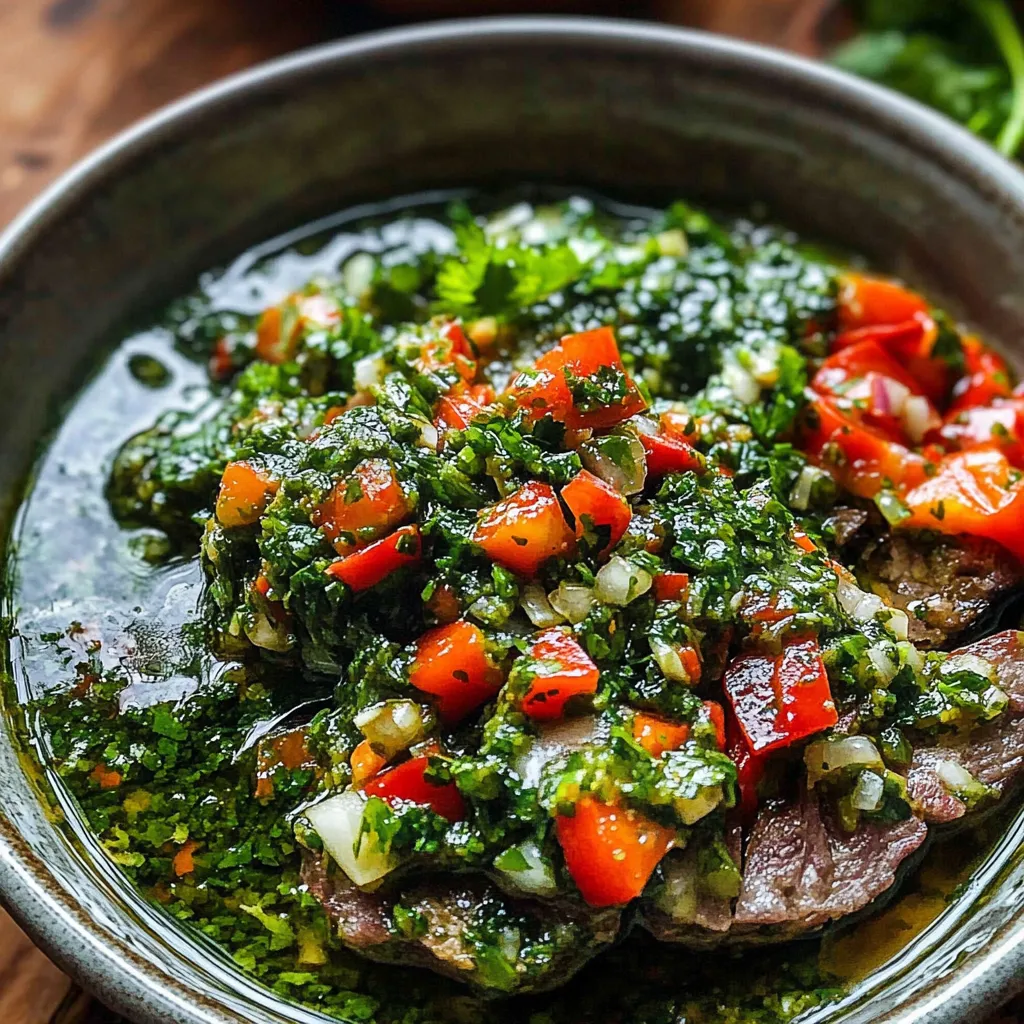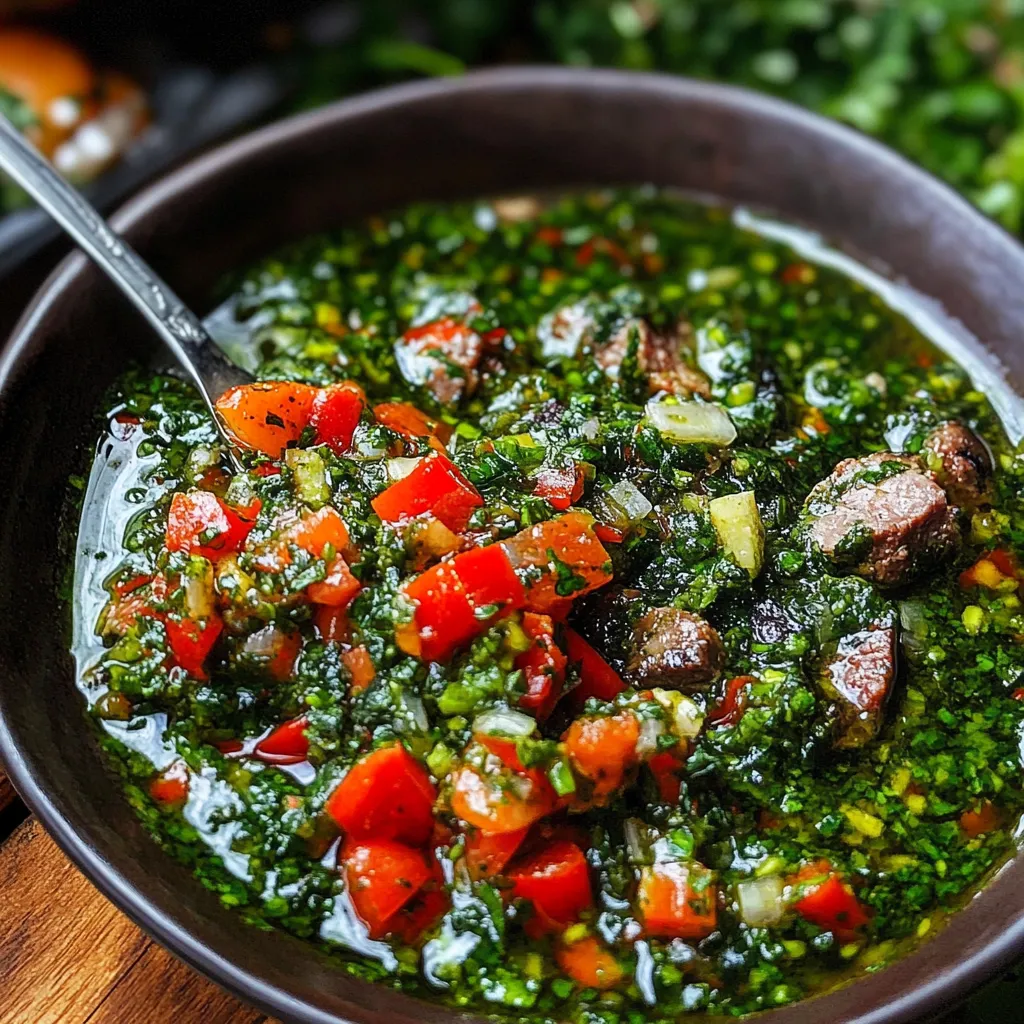 Pin it
Pin it
This authentic Chiles Rellenos recipe transforms mild poblano peppers into golden-fried, cheese-stuffed delights that bring traditional Mexican flavors right to your dinner table. The contrast between the crispy coating, tender pepper, and melted cheese creates an irresistible dish that's worth every minute of preparation.
I first learned to make Chiles Rellenos from my neighbor's grandmother who insisted on charring the peppers directly over flame. The first time I served these to guests, they fell silent for a full minute before erupting in praise.
Ingredients
- 6 poblano peppers: Freshly charred peppers provide the authentic flavor foundation
- 1 cup all-purpose flour: Creates the perfect first coating that helps the egg batter adhere
- 1 teaspoon salt: Balances the mild pepper flavor and enhances the cheese
- ½ teaspoon pepper: Adds subtle warmth without competing with the poblanos
- ½ teaspoon oregano: Provides an earthy note typical in Mexican cuisine
- 1 teaspoon garlic powder with parsley: Gives depth to the coating
- 4 eggs, separated: The key to creating that distinctive fluffy coating
- ½ cup diced onion: Adds sweet crunch and flavor to the filling
- 8 oz crumbled queso fresco: Authentic cheese that maintains its texture when heated
- 8 oz shredded mozzarella: Creates the perfect melty stretch when you cut into the pepper
- Oil for frying: Choose a neutral oil with a high smoke point like vegetable or canola
Step-by-Step Instructions
- Char the Peppers:
- Cook poblanos on a medium-high heat griddle for 15-20 minutes, turning regularly until the skin is blackened all around. This charring process not only loosens the skin for easy peeling but develops a deep, smoky flavor that defines authentic Chiles Rellenos.
- Steam and Rest:
- Place the charred peppers in a plastic bag and seal it completely. Allow them to steam for 15-20 minutes. During this resting period, the trapped heat and moisture help separate the skin from the flesh, making peeling much easier while the peppers cool enough to handle.
- Prepare Coating Mixture:
- Combine flour, salt, pepper, oregano, and garlic powder in a shallow bowl. This seasoned flour not only adds flavor but creates the essential base that helps the egg batter stick to the peppers during frying.
- Peel the Peppers:
- Carefully remove the peppers from the bag and gently rub off the charred skin. Work delicately to keep the peppers intact, as tears will make stuffing more difficult. The peeled peppers should be a beautiful deep green with a slightly softened texture.
- Create Opening and Clean:
- Make a single vertical cut down one side of each pepper from stem to tip. Gently open each pepper and use a spoon to carefully remove all seeds and membranes. The heat of poblanos is concentrated in these areas, so thorough cleaning results in a milder final dish.
- Stuff with Filling:
- Fill each pepper with approximately ¼ cup queso fresco, followed by a tablespoon of diced onion, and topped with ¼ cup shredded mozzarella. Distribute the filling evenly throughout the pepper cavity without overstuffing, which could cause the pepper to tear during cooking.
- Close Peppers:
- Gently press the cut edges together to seal in the filling. The natural shape of the pepper will help it stay closed. Handle carefully as the peppers are delicate after roasting and peeling.
- Prepare Egg Batter:
- Whip egg whites with a mixer until they form soft peaks, creating a cloud-like texture. Then fold in the yolks with minimal mixing to maintain that airy quality. This traditional egg coating creates the distinctive light, soufflé-like crust that encases the stuffed pepper.
- Heat Frying Oil:
- Preheat 1.5 inches of oil in a large skillet to approximately 350°F. The proper oil temperature is crucial too cold and the batter absorbs excess oil, too hot and the outside burns before the cheese melts.
- Flour Coating Application:
- Roll each stuffed pepper in the seasoned flour mixture, ensuring complete coverage including around the stem and along the seam. The flour creates a barrier that helps the egg batter adhere properly during frying.
- Apply Egg Batter:
- Dip each floured pepper into the whipped egg mixture, using a spoon to completely coat the pepper. The batter should cling to the flour in a thick, even layer that will puff up beautifully during frying.
- Fry to Perfection:
- Carefully place coated peppers into hot oil, cooking in batches of 2-3 to avoid overcrowding. Fry for approximately 3 minutes per side until the coating is golden brown and puffed. The batter will expand and seal around the pepper as it cooks.
 Pin it
Pin it
The first time I watched my friend's grandmother make these, she insisted that properly charred peppers were the soul of the dish. She would test each pepper by gently squeezing it after steaming if it yielded slightly under pressure, it was perfectly roasted.
Choosing the Right Peppers
Poblano peppers are the traditional choice for Chiles Rellenos because of their perfect size and mild heat level. Look for firm, smooth-skinned peppers with deep green color. Peppers should feel heavy for their size and have straight, sturdy stems that make them easier to handle during cooking. If you prefer a milder dish, pasilla peppers make an excellent substitute, while those wanting more heat might consider Anaheim peppers.
The Art of Charring
While the stovetop method described in this recipe produces excellent results, you can also roast your peppers under a broiler. Place peppers on a foil-lined baking sheet and broil about 4 inches from the heat source, turning every 3-4 minutes until all sides are blackened. This method is convenient when preparing a large batch of peppers. Regardless of method, complete charring is essential proper blackening ensures the skins will slip off easily and gives the dish its characteristic smoky flavor.
Serving Suggestions
Traditionally, Chiles Rellenos are served with a simple tomato sauce, but they're equally delicious with salsa verde or a drizzle of Mexican crema. For a complete meal, pair with Mexican rice and refried beans. These stuffed peppers make an impressive main course for dinner parties but can also be served as part of a larger Mexican feast alongside enchiladas or tacos. The contrast between the crispy, light coating and the melty cheese filling makes this dish a true crowd-pleaser.
 Pin it
Pin it
These homemade Chiles Rellenos are a cheesier, lighter take on a classic Mexican favorite that will have everyone asking for seconds.
Frequently Asked Questions
- → Can I use different peppers for Chiles Rellenos?
Yes, while poblano peppers are traditional, you can also use pasilla peppers as mentioned in the recipe. Bell peppers work for a milder version, while Anaheim or Hatch chiles offer different flavor profiles. Just ensure they're large enough to stuff.
- → How do I know when my peppers are properly charred?
Properly charred peppers should have blackened, blistered skin on all sides. This usually takes 15-20 minutes on a medium-high heat griddle, turning occasionally. The charring helps loosen the skin for easy peeling and adds a smoky flavor.
- → What cheeses work best for the filling?
Traditional Chiles Rellenos uses queso fresco as specified in the recipe, paired with a melting cheese like mozzarella. Other good options include Oaxaca, Chihuahua, Monterey Jack, or a combination. The ideal mix provides both flavor and meltability.
- → Why separate the eggs for the batter?
Separating eggs and whipping the whites creates a fluffy, airy batter that puffs up when fried. This traditional technique gives Chiles Rellenos their characteristic light, soufflé-like coating rather than a heavy batter, allowing the pepper and filling flavors to shine.
- → How can I keep the stuffed peppers closed during cooking?
The recipe mentions gently squeezing the seams together and suggests using toothpicks in the notes. You can insert toothpicks horizontally through the seam to hold the peppers closed during the battering and frying process. Just remember to remove them before serving.
- → Can I prepare any parts of this dish ahead of time?
Yes, you can char, peel and stuff the peppers up to a day ahead, storing them covered in the refrigerator. The flour mixture can also be prepared in advance. However, the egg batter should be made just before frying to maintain its fluffiness for best results.
